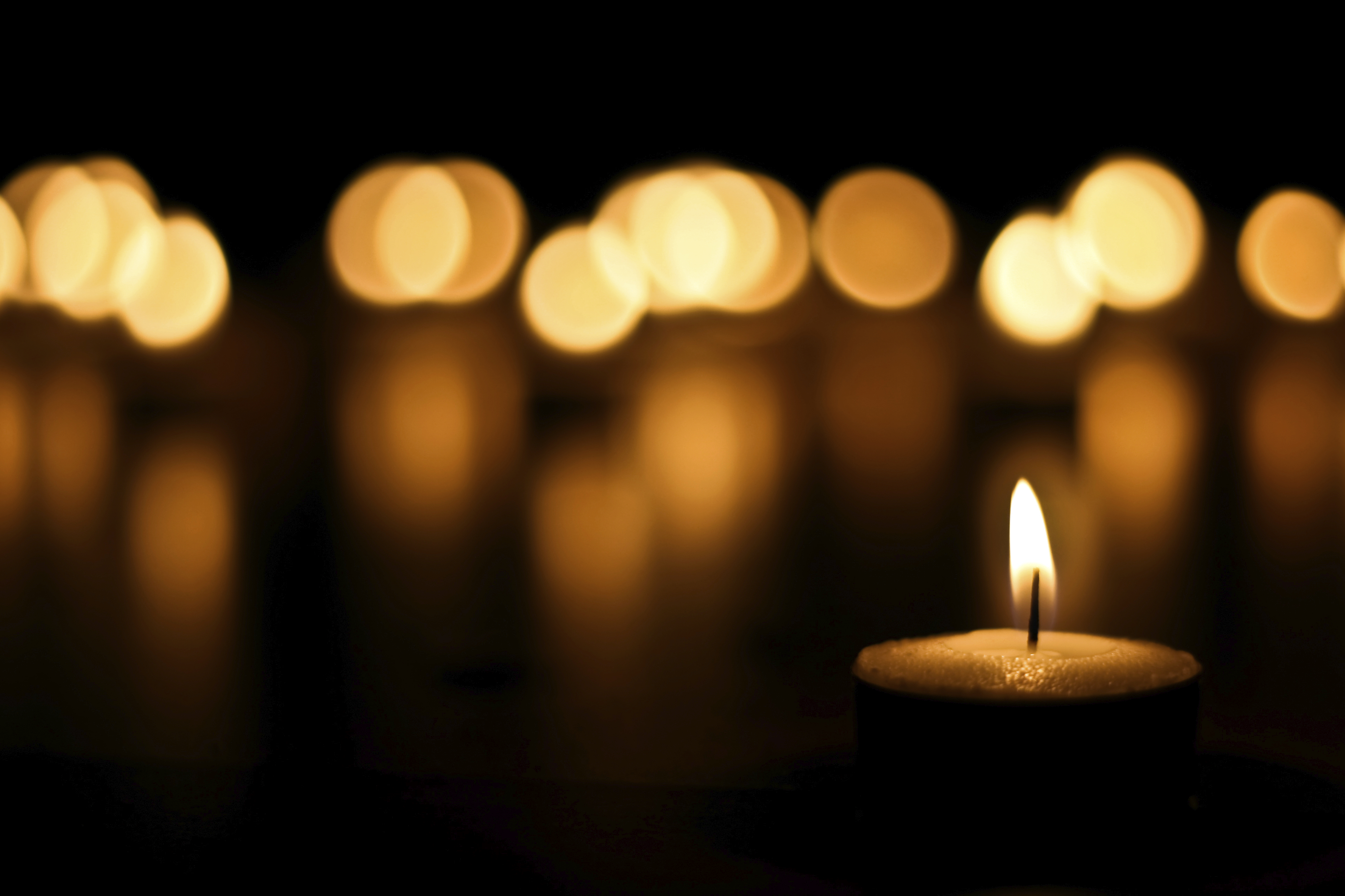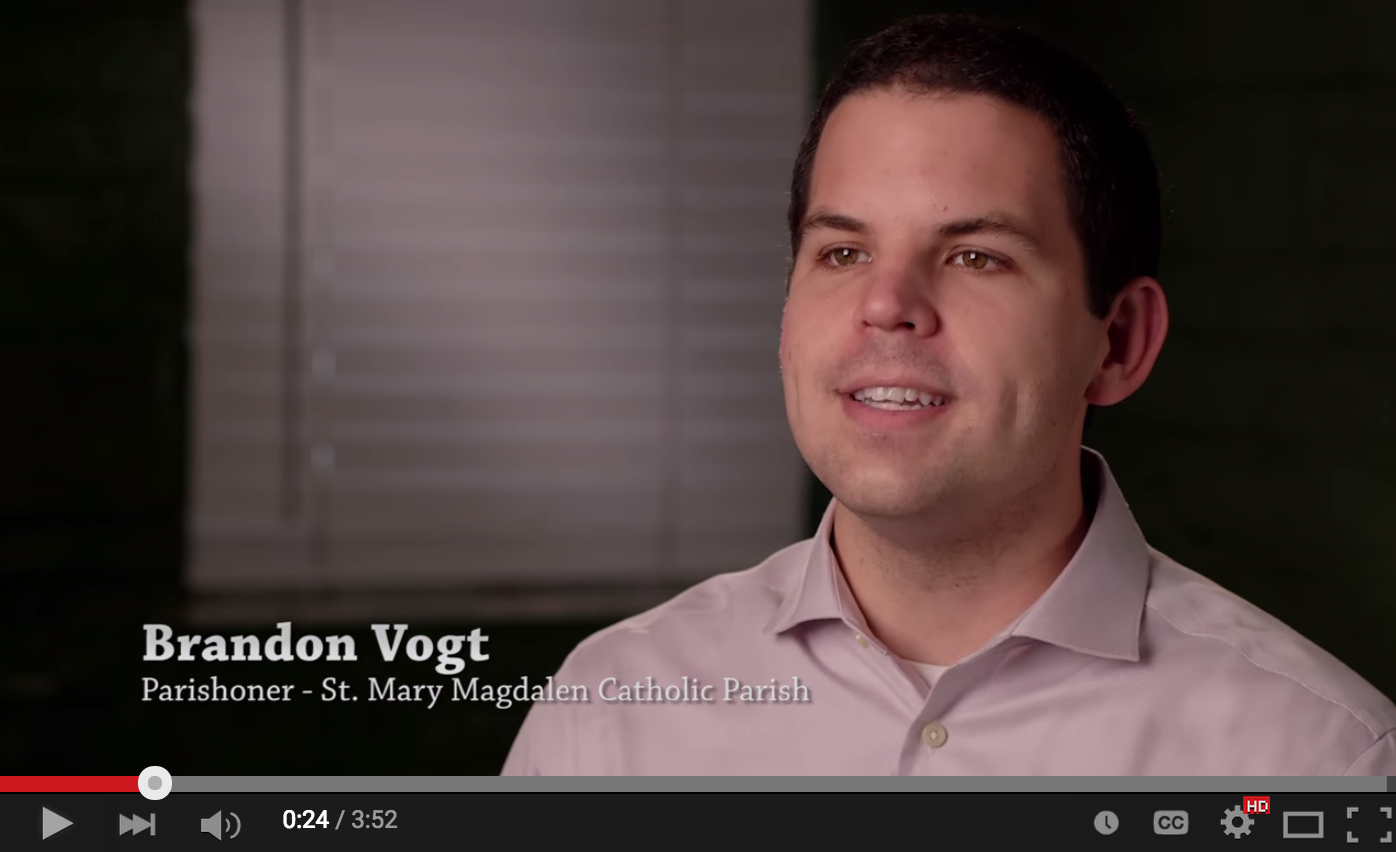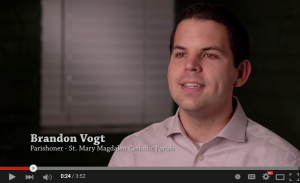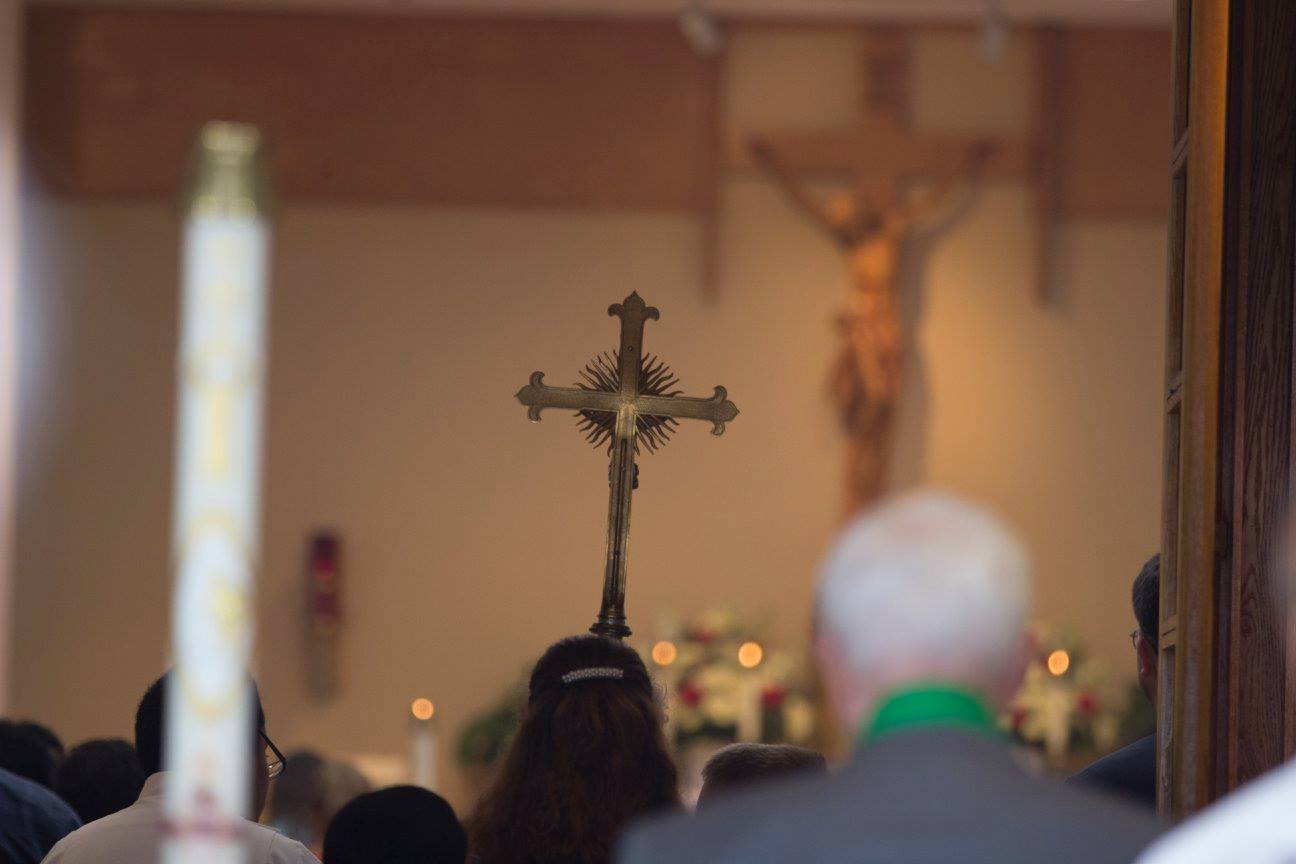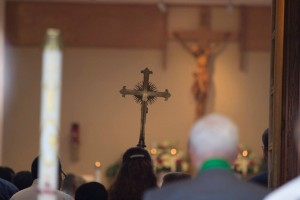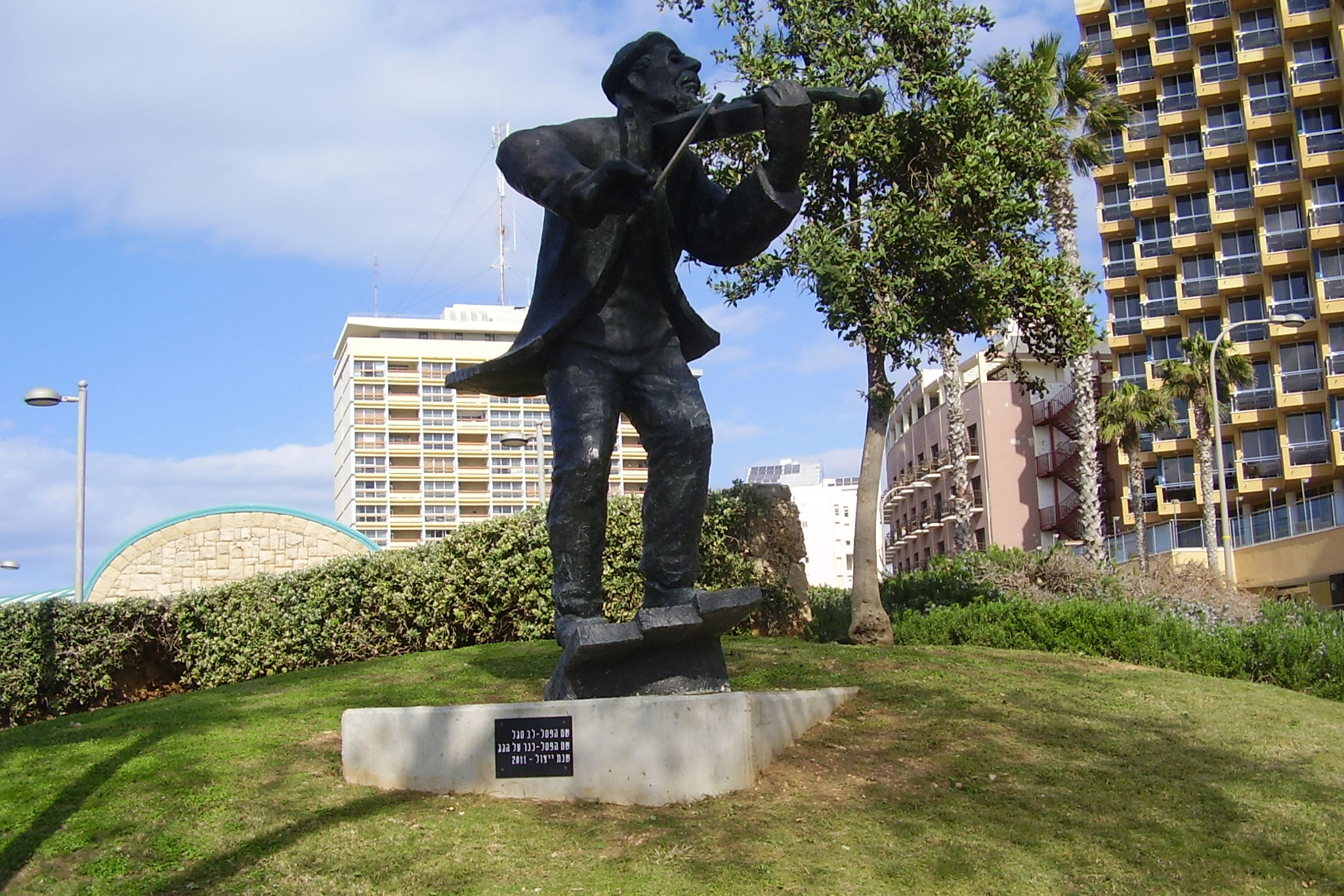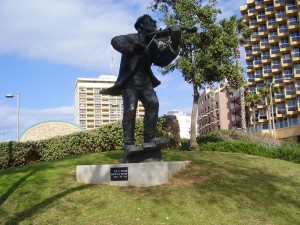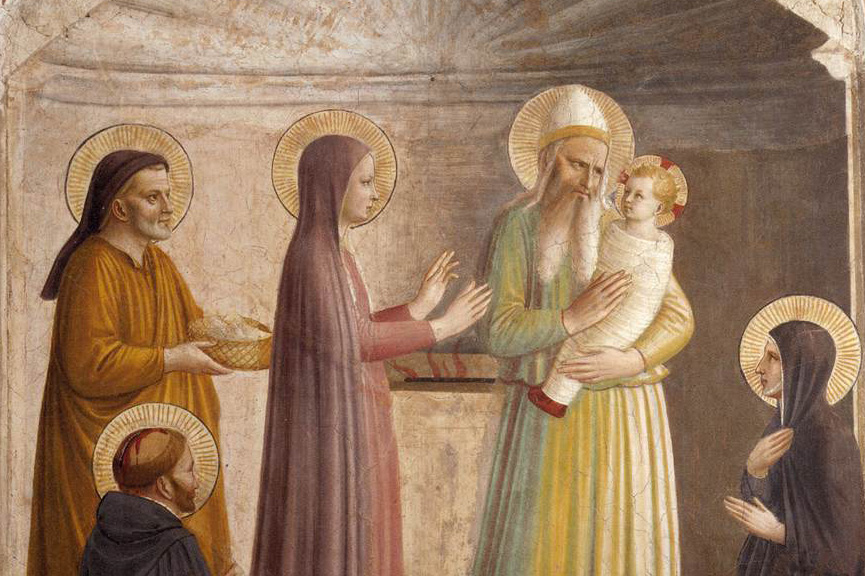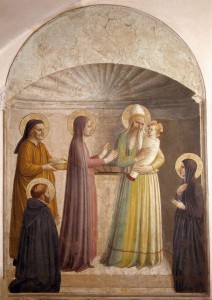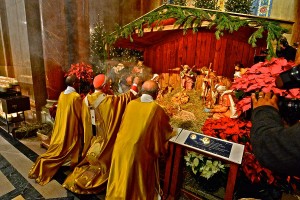 One of the great and often-missed moments in the Mass is the opening prayer, also known as the “collect.” It is called this because after priest says to the faithful, “Let us pray,” he waits a moment as they do so and then “collects” their prayers and directs them to God.
One of the great and often-missed moments in the Mass is the opening prayer, also known as the “collect.” It is called this because after priest says to the faithful, “Let us pray,” he waits a moment as they do so and then “collects” their prayers and directs them to God.
Most of the collects (pronounced káh’-lects) are quite ancient and are minor masterpieces. They are succinct, like most of the prayers of the Roman Rite, and make use of creative word order, almost as if to paint a picture of sorts. Reading them in English never does them justice, because word order is more rigid in English and the creativity of the Latin is often lost.
Even in English, though, they remain a great source for reflection, especially the newer and more faithful translations. Father John Zuhlsdorf is, of course, the great master in breaking these prayers open for us.
As my own poor contribution to this end, I would simply like to place before you three of the collects that occur during these summer months, since they are encouraging for us in dealing with the current cultural meltdown that is picking up speed almost daily.
All three of these prayers point to the problem of error and darkness in this world and ask protection for the faithful, and the courage to reject error, embrace and reflect truth, and journey bravely to our heavenly home through an uncertain and rebellious world.
Let’s look at them in their English translation. I won’t examine the Latin extensively, just making a few observations with each prayer.
O God, who through the grace of adoption chose us to be children of the light, grant, we pray, that we may not be wrapped in the darkness of error but always be seen to stand in the bright light of truth. Through our Lord Jesus Christ … (13th Sunday of Ordinary Time)
This is a prayer that reminds us of the great battle between light and darkness spoken of so extensively in Johannine literature. Recall some of the key lines from St. John:
- In [Jesus] was life, and that life was the light of all mankind. The light shines in the darkness, and the darkness has not overcome it (John 1:4-5).
- This is the verdict: Light has come into the world, but people loved darkness instead of light because their deeds were evil. Everyone who does evil hates the light, and will not come into the light for fear that their deeds will be exposed. But whoever lives by the truth comes into the light, so that it may be seen plainly that what they have done has been done in the sight of God (John 3:19-21).
- Jesus spoke again to the people, he said, “I am the light of the world. Whoever follows me will never walk in darkness, but will have the light of life” (Jn 8:12).
- We must work the works of him who sent me while it is day; night is coming, when no one can work. As long as I am in the world, I am the light of the world” (John 9:4-5).
- The Crowds rebuked Jesus saying … who is this Son of Man? So Jesus said to them, “For a little while longer the Light is among you. Walk while you have the Light, so that darkness will not overtake you; he who walks in the darkness does not know where he goes. “While you have the Light, believe in the Light, so that you may become sons of Light” (John 12:34-36).
- As soon as Judas had taken the bread, he went out. And it was night (John 13:30).
- The one who loves his brother abides in the Light and there is no cause for stumbling in him. But the one who hates his brother is in the darkness and walks in the darkness, and does not know where he is going because the darkness has blinded his eyes … (1 John 2:10-11)
And thus we see in the prayer the great drama between the darkness of sin and the Light of God’s glory and holiness. It is a drama that unfolds all around us and we ask to be preserved from the deadly advance of enveloping darkness. We base our hope on God’s grace and the fact that Scripture says, For the Lord has rescued us from the dominion of darkness and brought us into the kingdom of the Son he loves (Col 1:13). And now, recalling that grace, we ask to be preserved in the gift He has given us in letting us be the children of light.
The Latin verb translated here as “wrapped” is involvamur. This can also be translated as “enveloped” and gives the impression of motion. Thus, may we not, O Lord, be caught up in the darkness of error. May we not be enveloped, or spun about and disoriented by the darkness of sin and error! Yes, spare us, O Lord!
And though the English translation asks that we always be seen to “stand” in the bright light of truth, the Latin verb is maneamus, and can also be translated as “remain.” Remaining or abiding in the truth and with the Lord is a very precious Johannine concept. The goal of our life is to remain in the Lord and dwell habitually in His light.
The prayer also asks that we may be seen to stand (remain) in the truth. This is the public witness of our love of the truth and our rejection of error. Here, too, the Latin word conspicui delivers a stronger message. In other words, may our remaining in the bright light of truth be conspicuous; may it be obvious by what we say and do.
Not a bad prayer for dark and erroneous times! Here’s the second prayer:
O God, who show the light of your truth to those who go astray, so that they may return to the right path, give all, who for the faith they profess are accounted Christians the grace to reject whatever is contrary to the Name of Christ and to strive after all that does it honor. Through our Lord Jesus Christ … (15th Sunday of Ordinary Time)
This is a similar prayer, but more focused on recalling those who have been lost in error. Indeed, how many have been lost and thus how necessary such a prayer! Restore those lost in error, O Lord, those who have strayed! For indeed, there are many things in this fallen world that are contrary to Christ and His Holy Name, which is truth.
Latin contains many words that are quite physical, even violent. The Latin word translated here as “reject” is respuere. The word literally means to spit, to eject by spewing out. And this is what we must do: radically cast off whatever is contrary to the truth of Jesus and His teaching.
The image evokes the Easter Vigil when, in some ancient accounts, the catechumens, just before their Baptism, turned to the West (toward the darkness) and renounced Satan and all his works and all his empty promises, spitting as they did so. They then turned to the East (toward the light) and professed their faith in God.
Yes, this, too, is a very powerful prayer with a memorable vigor. May we spew from our life anything contrary to the Lord’s truth and strive to live His truth!
Finally consider this third prayer for difficult times like these:
O God, who cause the minds of the faithful to unite in a single purpose, grant your people to love what you command and to desire what you promise, that amid the uncertainties of this world, our hearts may be fixed on that place where true joys are. Through our Lord Jesus Christ … (21st Sunday of Ordinary Time)
Such a beautiful prayer, and quite a masterpiece in describing the grace of the New Law! Indeed, to love what God commands and desire what He promises is the essential grace of the New Covenant that we must seek and lay hold of. It is best expressed by Ezekiel:
And I will give you a new heart, and a new spirit I will put within you. And I will remove the heart of stone from your flesh and give you a heart of flesh. I will put My Spirit within you and cause you to walk in My statutes, and you will be careful to observe My ordinances (Ez 36:26-27).
Yes, for us who live in a fallen, darkened, rebellious, and confused world, grace is needed to overcome the stubborn and obtuse rejection of God’s truth by our flesh. God can and does do this. Of this I am a witness in my own life and I pray that you are as well. I have learned to love what He commands and to hate what is contrary to His truth.
The prayer goes on to describe the fickle and passing qualities of this world. It is something that we must ultimately escape. And while journeying through its deceptive and passing beauty, its trendy and flashy sinfulness, we ask the grace to keep our hearts fixed where true gladness is found.
Amen! These are three good prayers for us who are journeying through dark and difficult times. Don’t “tune out” during the opening prayer of Mass. Listen carefully. There are real riches to be found.

